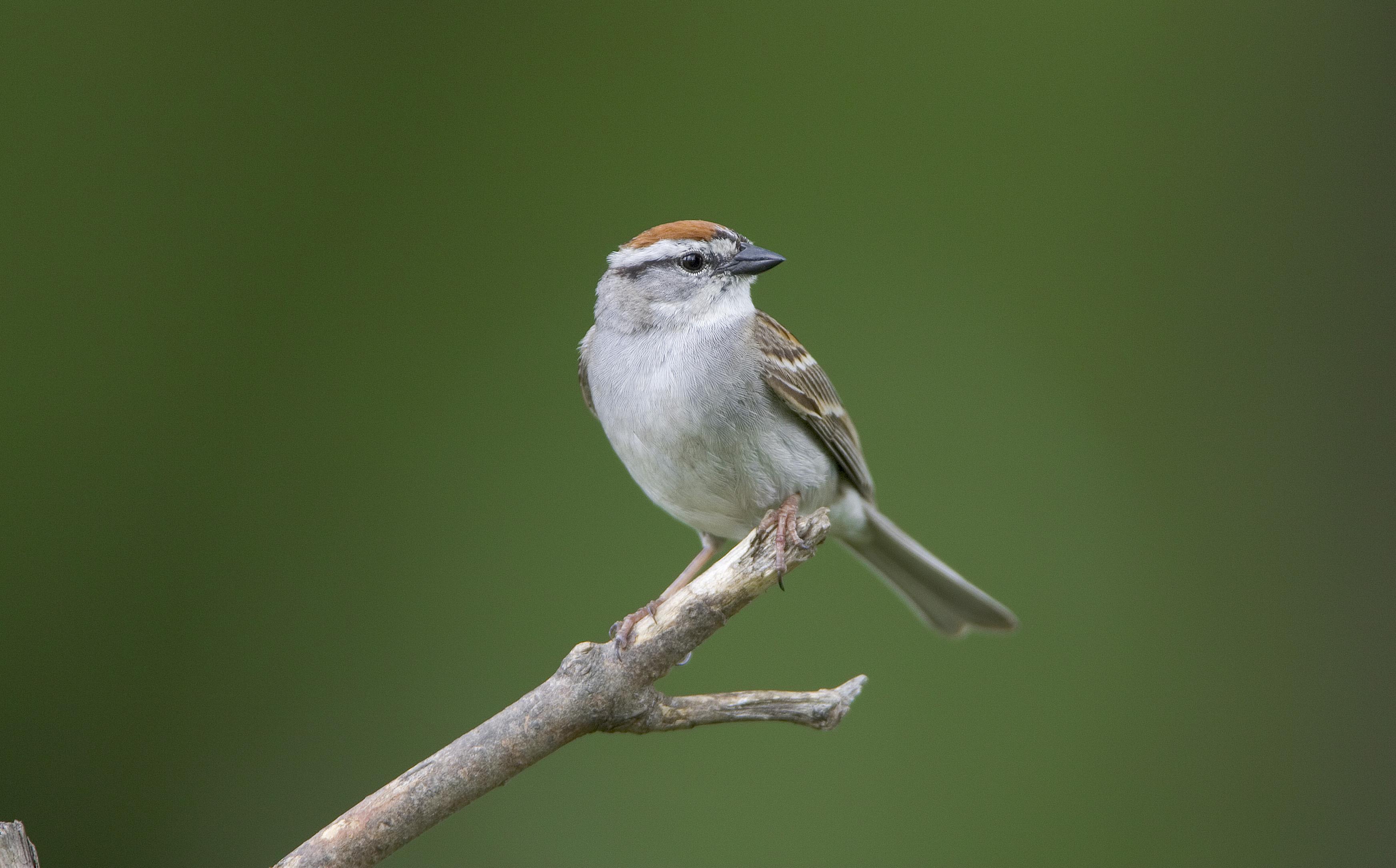
Alternative habitats shown to be important to bird populations
Land use plays a major role in animal population declines, and many studies examine how agriculture and economic growth will impact species and their primary habitats.
However, new research shows that alternative habitats are equally important in understanding population decline and the adaptability of a species.
Birds are a prime example of this, as many bird species use urban or agricultural land as an alternative to their primary habitat.
Researchers from the University of Illinois-Urbana-Champaign replicated an early 1900s ornithological survey to better illustrate the vital importance that alternate habitats can have in dictating a species’ ability to survive and thrive.
The fate of some bird species may then lie not in the decline of their primary habitats, but in agricultural or urban space that is made increasingly more inhospitable for birds through pesticides or infrastructure.
“This study demonstrates that these ‘primary habitats,’ as termed by the authors, do not necessarily drive population changes,” said Amanda Rodewald, an expert on birds’ response to land use who was not involved in the study. “Rather, the extent to which a species uses novel or alternative habitats such as urban areas might better explain patterns.”
The results were published in the journal The Condor: Ornithological Applications.
Two ornithologists crisscrossed the state of Illinois between 1906 and 1909 surveying bird populations and creating a record of native bird species to Illinois inhabiting grassland, forest, urban and agricultural habitats.
The Condor study wanted to replicate that original survey and researchers recorded and monitored Illinois bird populations between 2006 and 2008.
Next, the data collected on the survey was used to create a mathematical model of bird occupancy to show how things had changed since the early 1900s.
The results showed that birds changed their use of alternative habitats more than their primary ones. 40 species included in the study expanded their populations and occupancy by taking advantage of urban habitats.
26 of the species surveyed suffered population declines because they decreased their use of agricultural habitats.
Urban habitats have become increasingly bird-friendly and many people enjoy putting bird feeders in their yard to attract and watch birds.
Agriculture, on the other hand, has grown increasingly hostile to birds and other animals because of how much pesticides and herbicides are used to treat the crops.
“Understanding which species can or can’t take advantage of these alternative habitats will allow us to better predict which species need conservation efforts,” said Michael Ward, a lead author of the study. “Urban habitats are the habitats in which many species have been increasing, and the general public, by providing small bits of habitat in their backyards, have the opportunity to help a range of species.”
—
By Kay Vandette, Earth.com Staff Writer
Image Credit: M.K. Rubey













